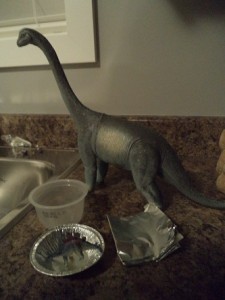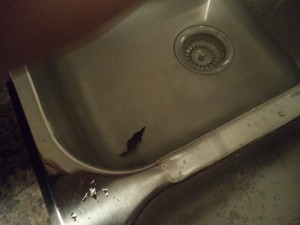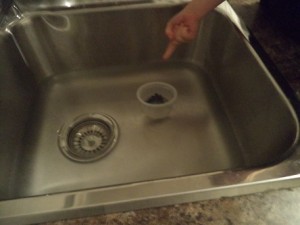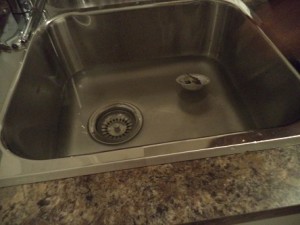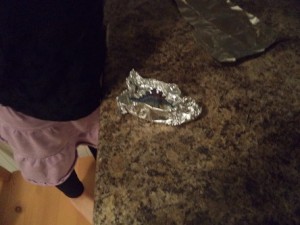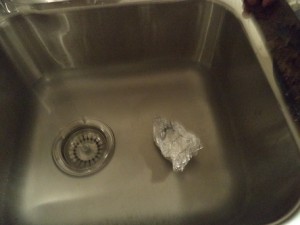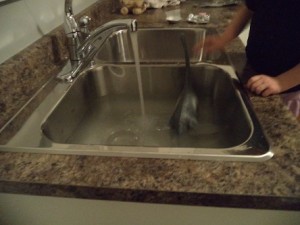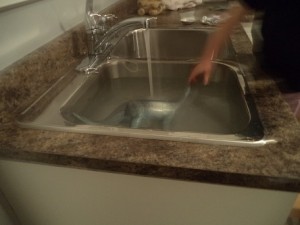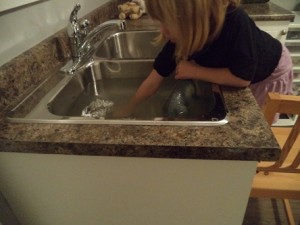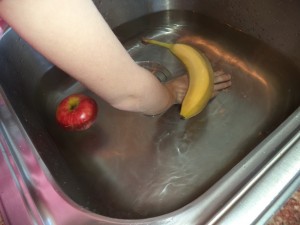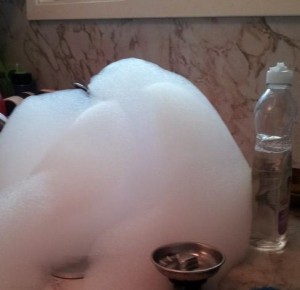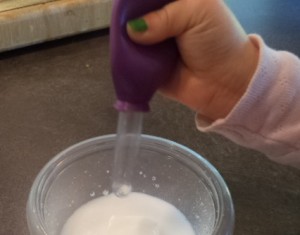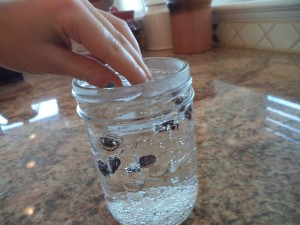Kids are exceptional scientists with wanting to find out already wired into the genes. This candy cane science fun rates almost as appealing as eating one. Kids enjoy doing it more than once to check out the results.
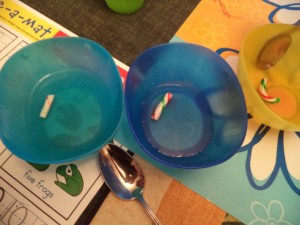 The materials needed are one or more candy canes and some bowls or jars. Using glass jars or bowls makes it easier to see but plastic containers are more enthusiasm-proof. To start, ask your child if s/he thinks a candy cane would melt faster in hot water, cold water, or vinegar. Put hot water in one bowl, cold in another, and vinegar in a third. Using 3 candy canes or 3 pieces, try and put the candy canes into the liquids at the same time. Kids can do the cold water while you do the vinegar and hot water. Count 1, 2, 3, go and drop away. (dark blue = cold, turquoise = hot, yellow = vinegar)
The materials needed are one or more candy canes and some bowls or jars. Using glass jars or bowls makes it easier to see but plastic containers are more enthusiasm-proof. To start, ask your child if s/he thinks a candy cane would melt faster in hot water, cold water, or vinegar. Put hot water in one bowl, cold in another, and vinegar in a third. Using 3 candy canes or 3 pieces, try and put the candy canes into the liquids at the same time. Kids can do the cold water while you do the vinegar and hot water. Count 1, 2, 3, go and drop away. (dark blue = cold, turquoise = hot, yellow = vinegar)
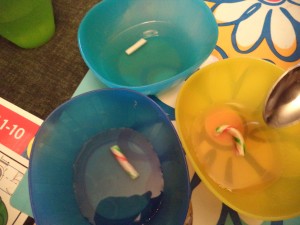 It doesn’t take very long for the candy canes to start melting. After watching for a bit, kids can give a stir, but they need to use a different spoon for each liquid. What’s happening to the candy canes in each bowl or jar? Of course, adults know which liquid will cause more melting but kids don’t. It’s exciting for them to see the color come off and start swirling in the liquids. It doesn’t take very long at all for candy cane to start getting smaller.
It doesn’t take very long for the candy canes to start melting. After watching for a bit, kids can give a stir, but they need to use a different spoon for each liquid. What’s happening to the candy canes in each bowl or jar? Of course, adults know which liquid will cause more melting but kids don’t. It’s exciting for them to see the color come off and start swirling in the liquids. It doesn’t take very long at all for candy cane to start getting smaller.
Some children are reluctant to make a guess about what will happen. It’s surprising how kids so young can be concerned about being wrong. Predicting what could happen isn’t about right or wrong, it’s about asking questions and testing possible answers. Once kids have done this candy cane science experiment, they may want to try with other liquids like milk or fruit juice. While we hope this experimenting doesn’t transfer over to meal times, there’s a good chance it could. Candy cane science fun may not mix well with soup. Or bath water! Oh, oh, does the elf on the shelf like science too?

